In an age where every urban problem seems to have a tech solution, some cities prove that sometimes the old ways work better than the new ones. While ride-sharing apps and electric scooters grab headlines, certain places around the world demonstrate that well-designed traditional transport systems can move people more efficiently, affordably, and reliably than any algorithm-driven alternative. These aren’t cities stuck in the past—they’re places that perfected public transit, cycling infrastructure, and walkable design decades before smartphones existed.
From European capitals where trams glide through ancient streets to Asian megacities where subway systems operate with clockwork precision, these urban areas show that good design trumps flashy technology every time. Here’s a list of 18 cities where traditional transport outperforms tech solutions.
Amsterdam, Netherlands

The bike reigns supreme in Amsterdam, where cycling infrastructure built over decades makes app-based scooters and ride-sharing feel like expensive novelties. More than 60% of residents own bicycles, using them for everything from grocery runs to commuting across the city in weather that would send most people running for cover.
The city’s bike lanes, parking facilities, and traffic signals were designed specifically for two-wheeled transport, creating a system so efficient that tech companies struggle to find meaningful gaps in the market worth filling.
Copenhagen, Denmark
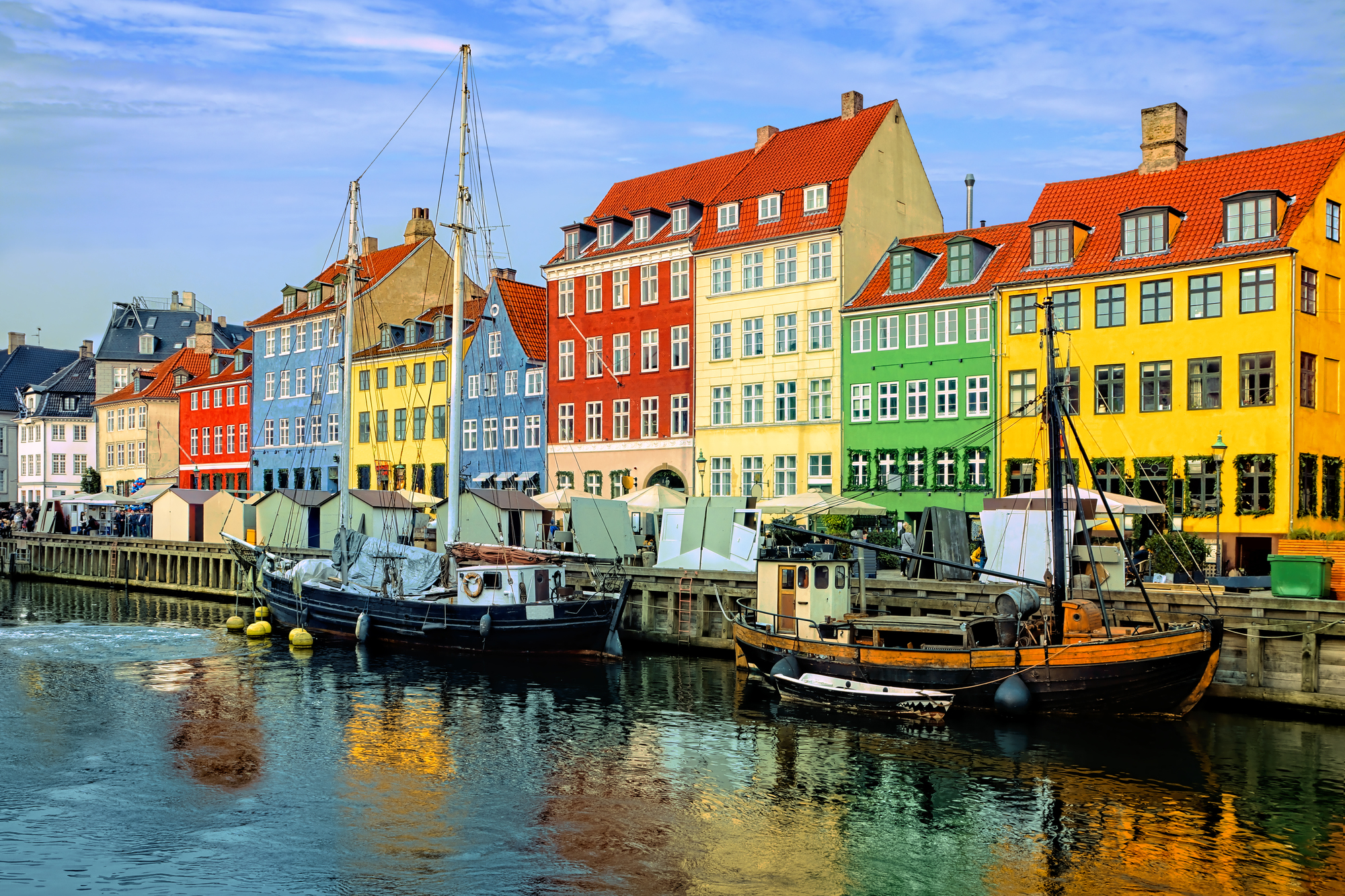
Copenhagen’s cycling culture makes even the most sophisticated ride-sharing apps seem clunky and inefficient by comparison. The city invested heavily in bike infrastructure long before anyone dreamed of summoning cars with smartphones, creating separated bike lanes that connect every neighborhood to the city center.
Winter cycling here isn’t just tolerated—it’s expected, with snow removal prioritizing bike lanes alongside major roads to keep the traditional transport flowing year-round.
Like Travel Pug’s content? Follow us on MSN.
Tokyo, Japan
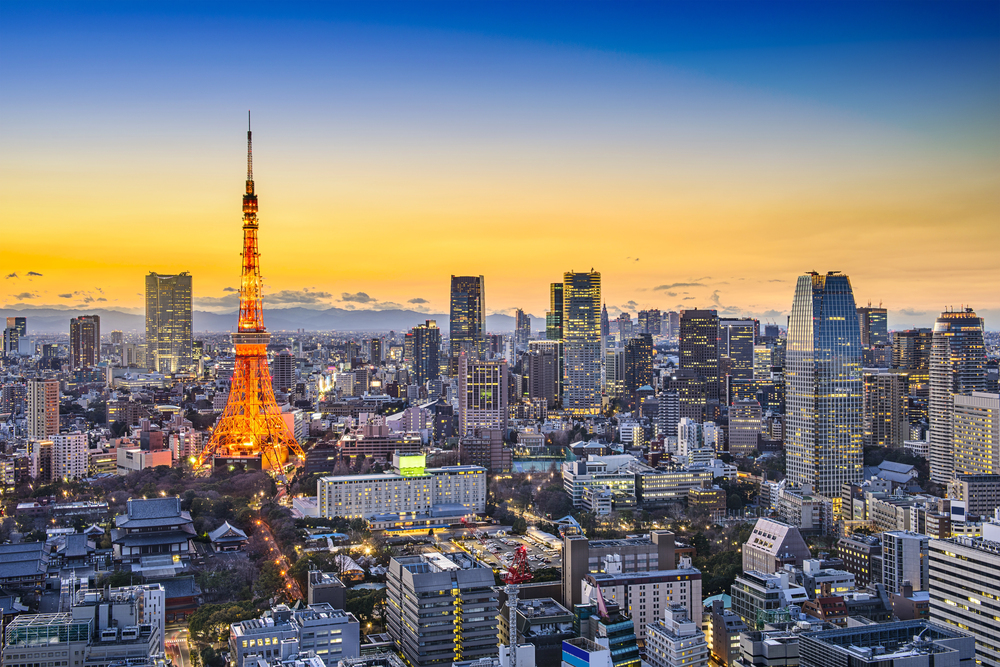
The world’s most complex train system moves millions of people daily with punctuality that makes GPS-guided ride-sharing look unreliable. Tokyo’s rail network includes over 280 stations connected by lines that run every few minutes during peak hours, creating a transportation web so dense that most residents live within walking distance of multiple stations.
Tech solutions here compete against a system where trains arrive within seconds of their scheduled time, making app-based alternatives feel frustratingly unpredictable.
London, England
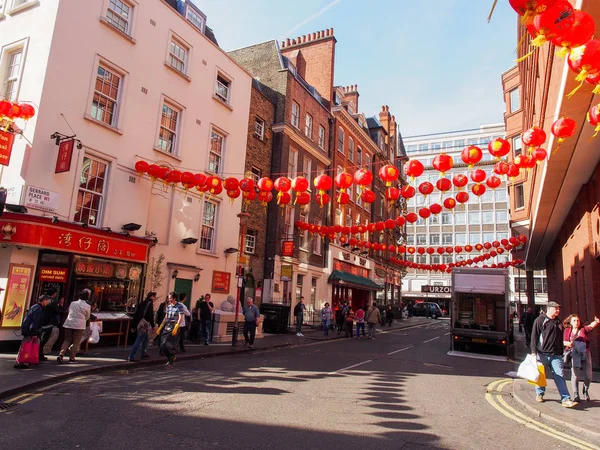
The Underground and iconic red buses form a transportation backbone that has proven more resilient than any tech startup’s promises of an urban mobility revolution. Despite heavy investment in ride-sharing and app-based alternatives, most Londoners still rely on the tube and bus network that’s been refined over more than a century.
The Oyster card system predates smartphones yet remains more convenient than juggling multiple transport apps, while the bus network reaches every corner of the city with a reliability that algorithm-based routing struggles to match.
Singapore
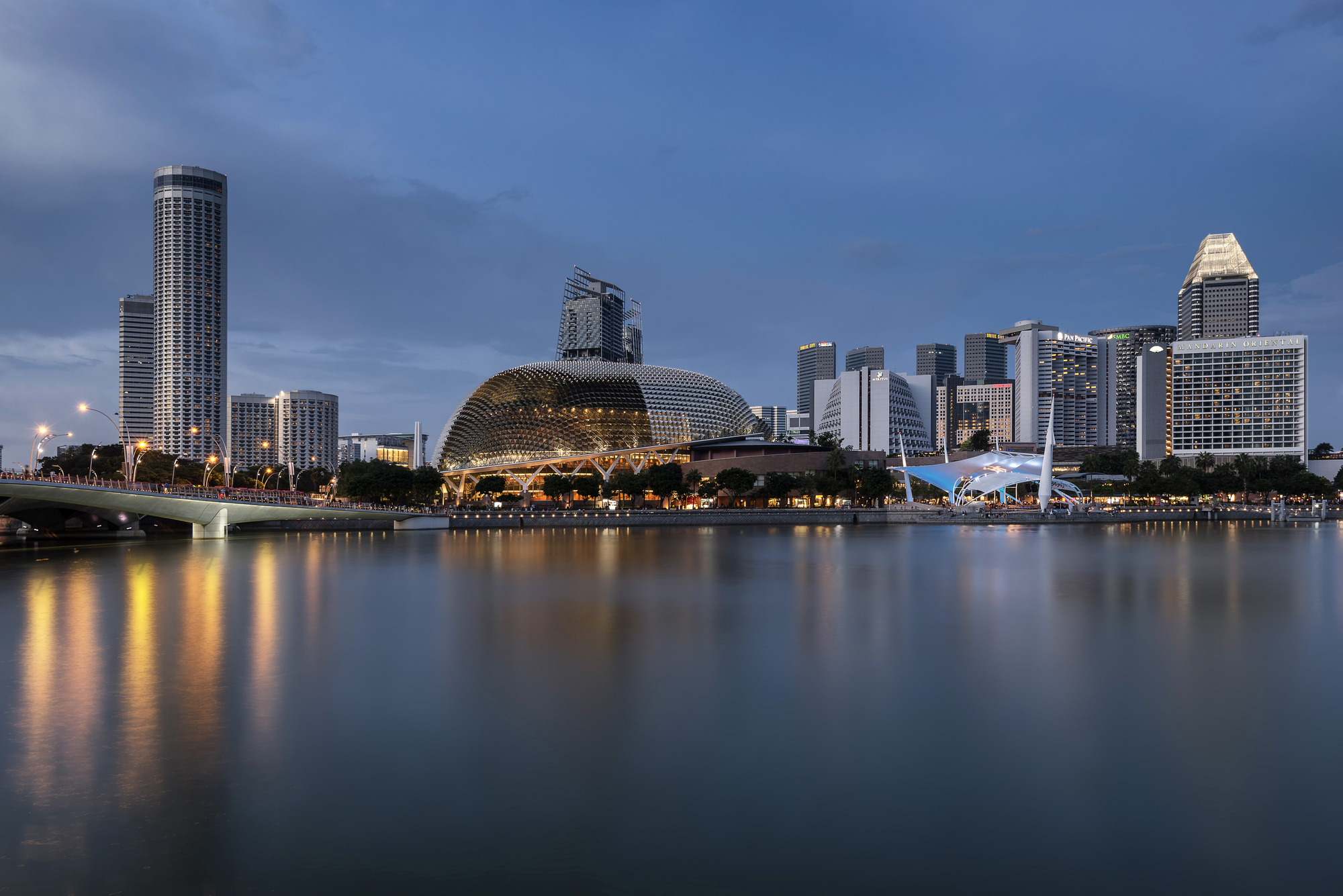
This city-state’s public transport system operates with efficiency that makes ride-sharing feel like an expensive luxury rather than a necessity. The MRT and bus networks connect seamlessly, using fare systems and scheduling that were perfected through decades of careful planning rather than disruptive innovation.
Air conditioning, regular service, and comprehensive coverage mean that most residents opt for traditional public transport over app-based alternatives, which cost significantly more for essentially the same journey times.
Like Travel Pug’s content? Follow us on MSN.
Zurich, Switzerland
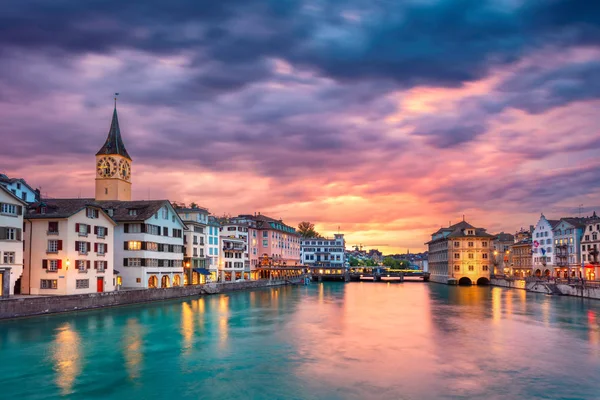
Zurich’s trams, trains, and buses operate on schedules so precise that residents set their watches by them, making unpredictable ride-sharing services feel almost primitive by comparison. The city’s public transport network covers every neighborhood with frequencies that often exceed what private vehicles can achieve during peak hours.
Integration between different transport modes happens seamlessly through physical infrastructure and coordinated timing, creating a user experience that many tech companies try—and often fail—to replicate through apps.
Vienna, Austria

Vienna’s public transport system wins international awards while ride-sharing companies struggle to establish meaningful market share in a city where traditional alternatives work so well. The U-Bahn, trams, and buses operate on a unified system where annual passes cost less than most people spend on coffee, making economic arguments for tech-based transport hard to justify.
The city’s commitment to public transport includes dedicated lanes and signal priority that keep traditional systems moving while private vehicles sit in traffic.
Munich, Germany
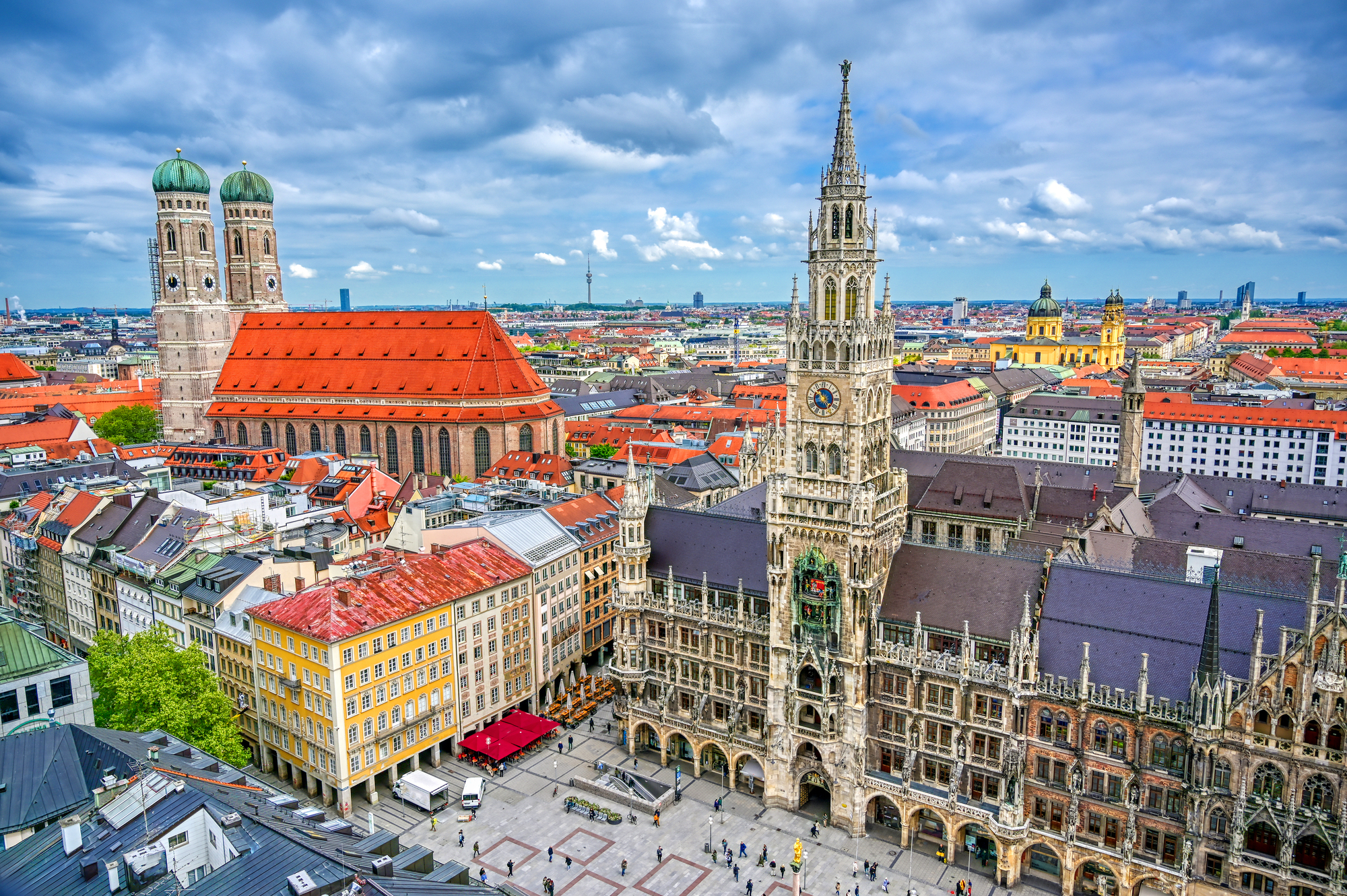
The U-Bahn and S-Bahn networks here create a transportation system so comprehensive that tech solutions feel redundant rather than revolutionary. Munich’s public transport reaches into suburban areas where ride-sharing becomes prohibitively expensive, yet maintains frequency and reliability that make car ownership optional for many residents.
The integration between local trains, subway lines, and bus networks happens through physical connections and coordinated schedules that work regardless of battery life or network connectivity.
Like Travel Pug’s content? Follow us on MSN.
Barcelona, Spain
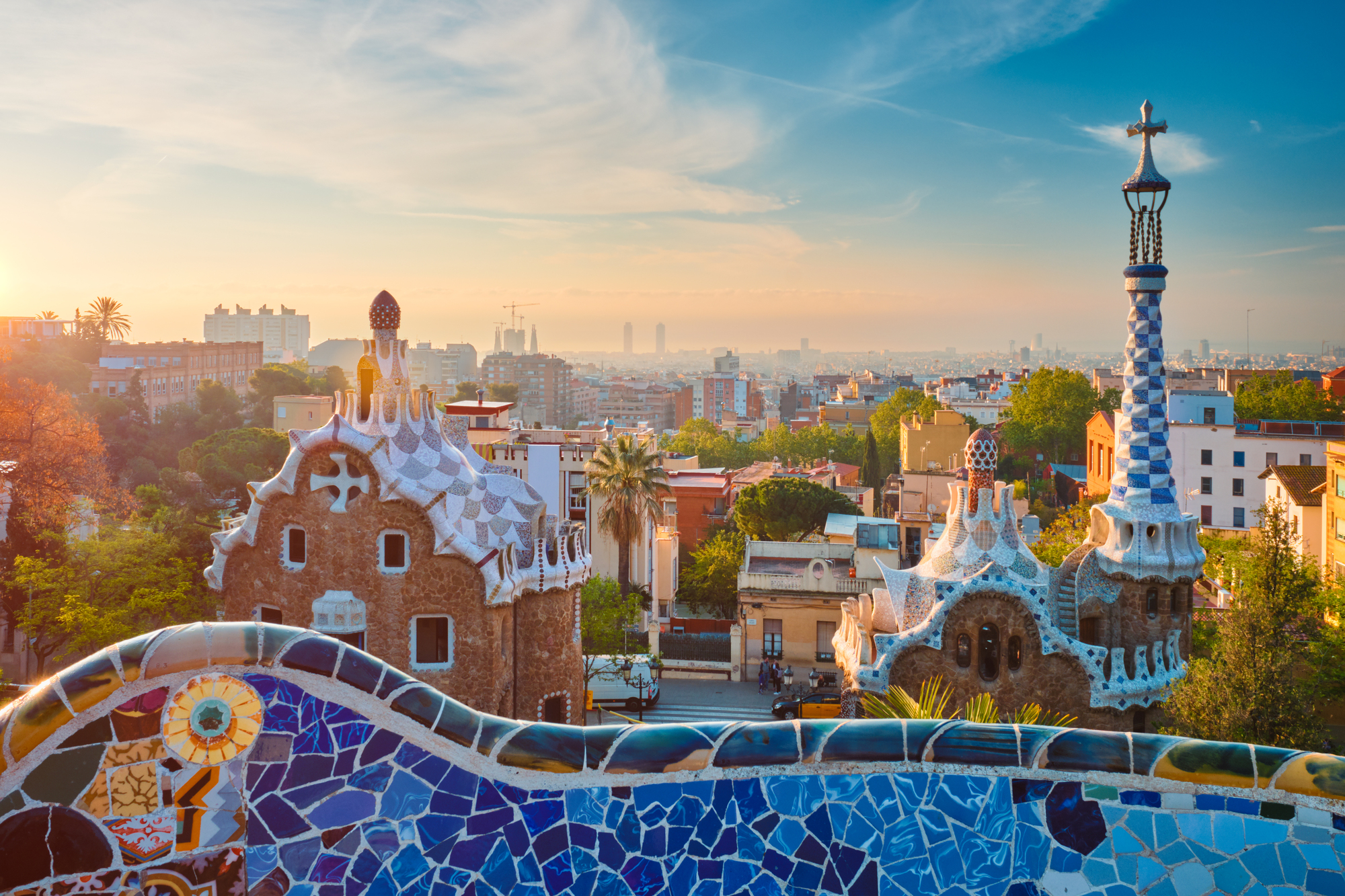
Barcelona’s metro system and walkable city center prove that urban mobility solutions were perfected long before anyone thought to put transport companies in smartphones. The Gothic Quarter and other historic neighborhoods remain largely pedestrian-friendly, while the metro connects modern districts with a frequency that makes ride-sharing feel slow and expensive.
Beach access, major attractions, and business districts are all within easy walking distance of metro stations that operate reliably, without requiring app downloads or surge pricing algorithms.
Prague, Czech Republic

The tram system here glides through medieval streets with an efficiency that makes modern tech solutions look awkward and intrusive by comparison. Prague’s public transport network includes trams, metro, and buses that connect seamlessly through a ticketing system that works whether your phone battery dies or network coverage disappears.
The historic city center remains largely walkable, while traditional transport provides connections to outer districts at prices that make ride-sharing feel like a luxury service rather than practical urban mobility.
Hong Kong
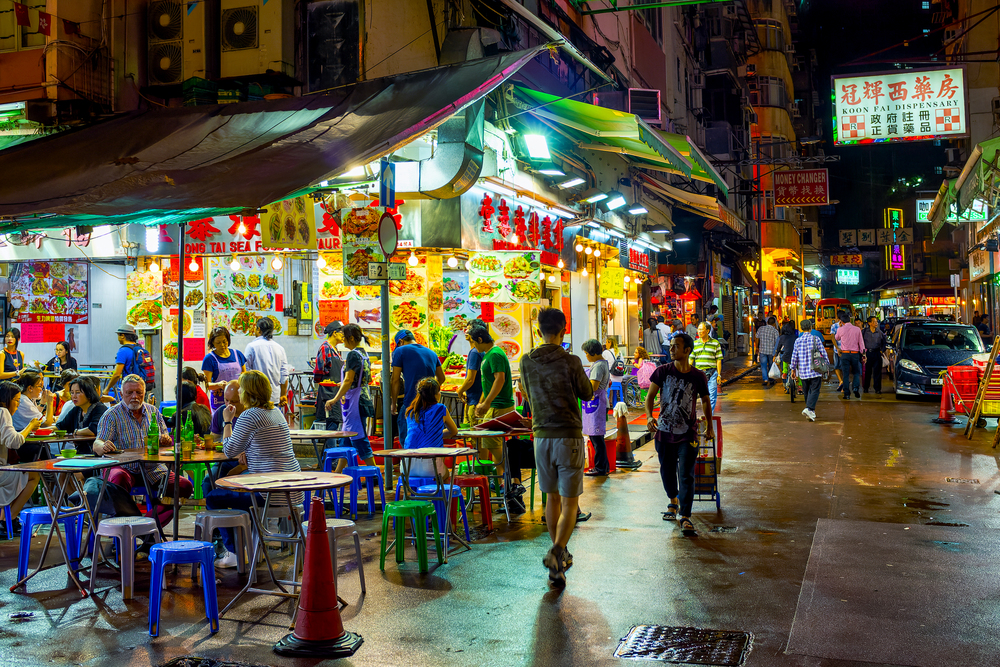
The MTR system sets global standards for public transport efficiency while ride-sharing companies struggle against geography and infrastructure that favor traditional solutions. Hong Kong’s density makes walking and public transport naturally faster than private vehicles for most journeys, whereas the MTR’s air conditioning and frequency create comfort levels that tech companies can’t improve upon.
The Octopus card system handles payments seamlessly across all transport modes, proving that convenient cashless systems existed long before mobile payment apps.
Like Travel Pug’s content? Follow us on MSN.
Seoul, South Korea
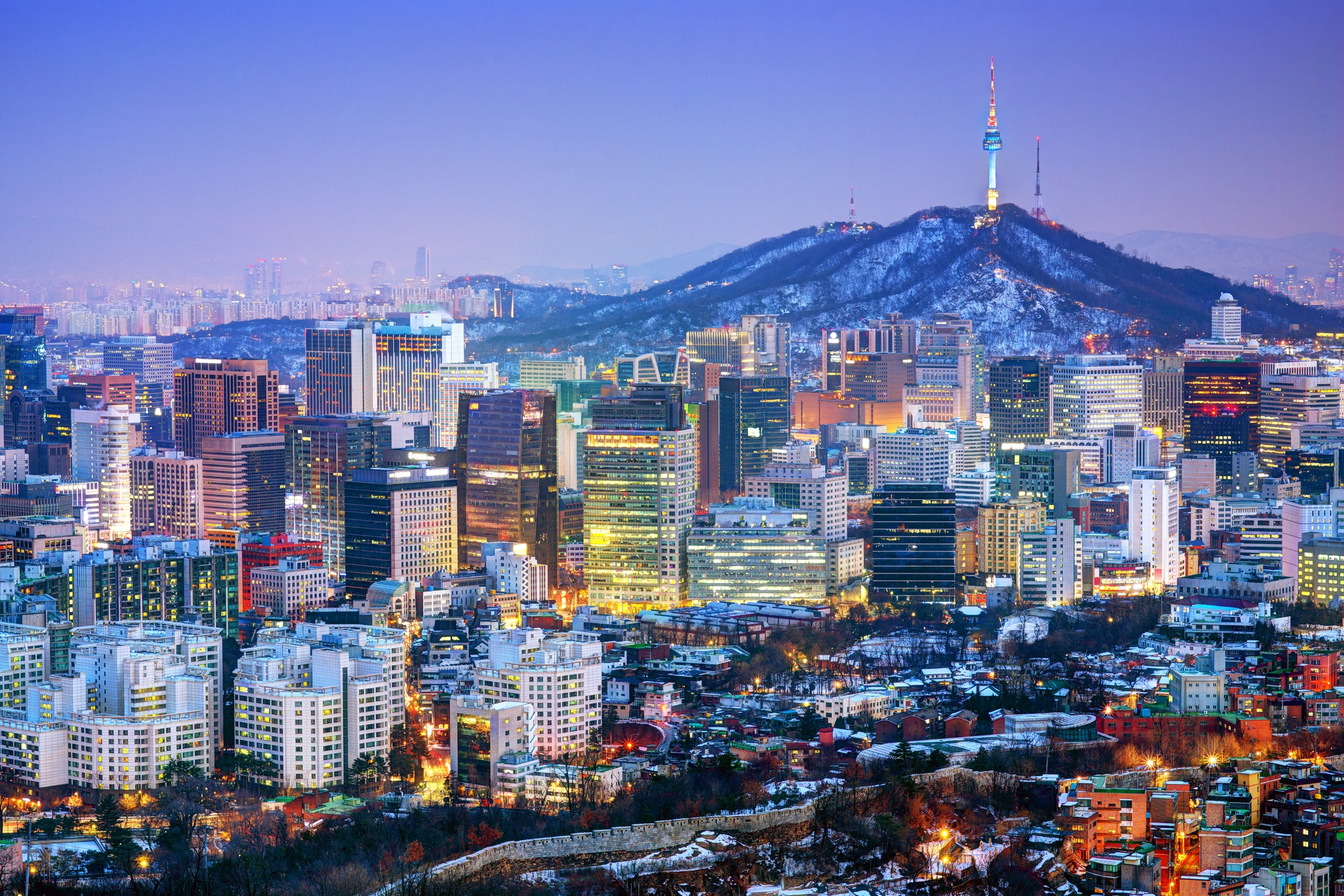
Seoul’s subway system moves more people more efficiently than any algorithm-driven alternative, covering a metropolitan area of over 25 million residents with precision that tech companies study but struggle to replicate. The network includes heated platforms, digital displays, and integrated transfers that create user experiences superior to most ride-sharing apps.
Traditional transport here includes express services and multiple route options that provide flexibility without requiring surge pricing or dynamic routing that changes based on demand.
Melbourne, Australia
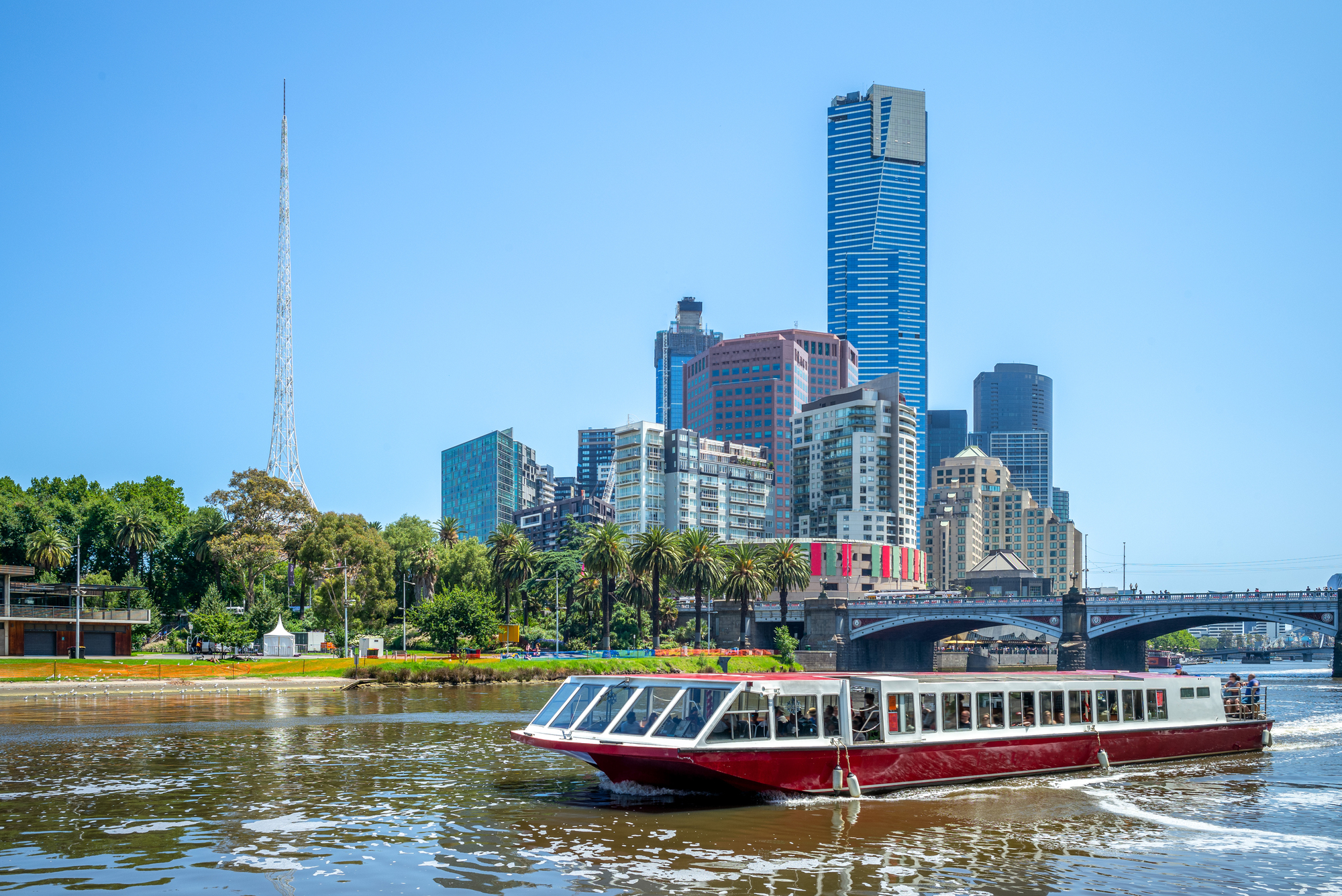
The tram network here creates a transportation backbone that tech solutions complement rather than replace, proving that some urban infrastructure works so well it doesn’t need disruption. Melbourne’s trams extend into neighborhoods where ride-sharing becomes expensive, while maintaining the character and reliability that residents prefer over app-based alternatives.
The hook turn system and dedicated tram lanes show how cities can prioritize traditional public transport over private vehicles, creating efficiency that benefits everyone rather than just those who can afford premium tech services.
Bern, Switzerland
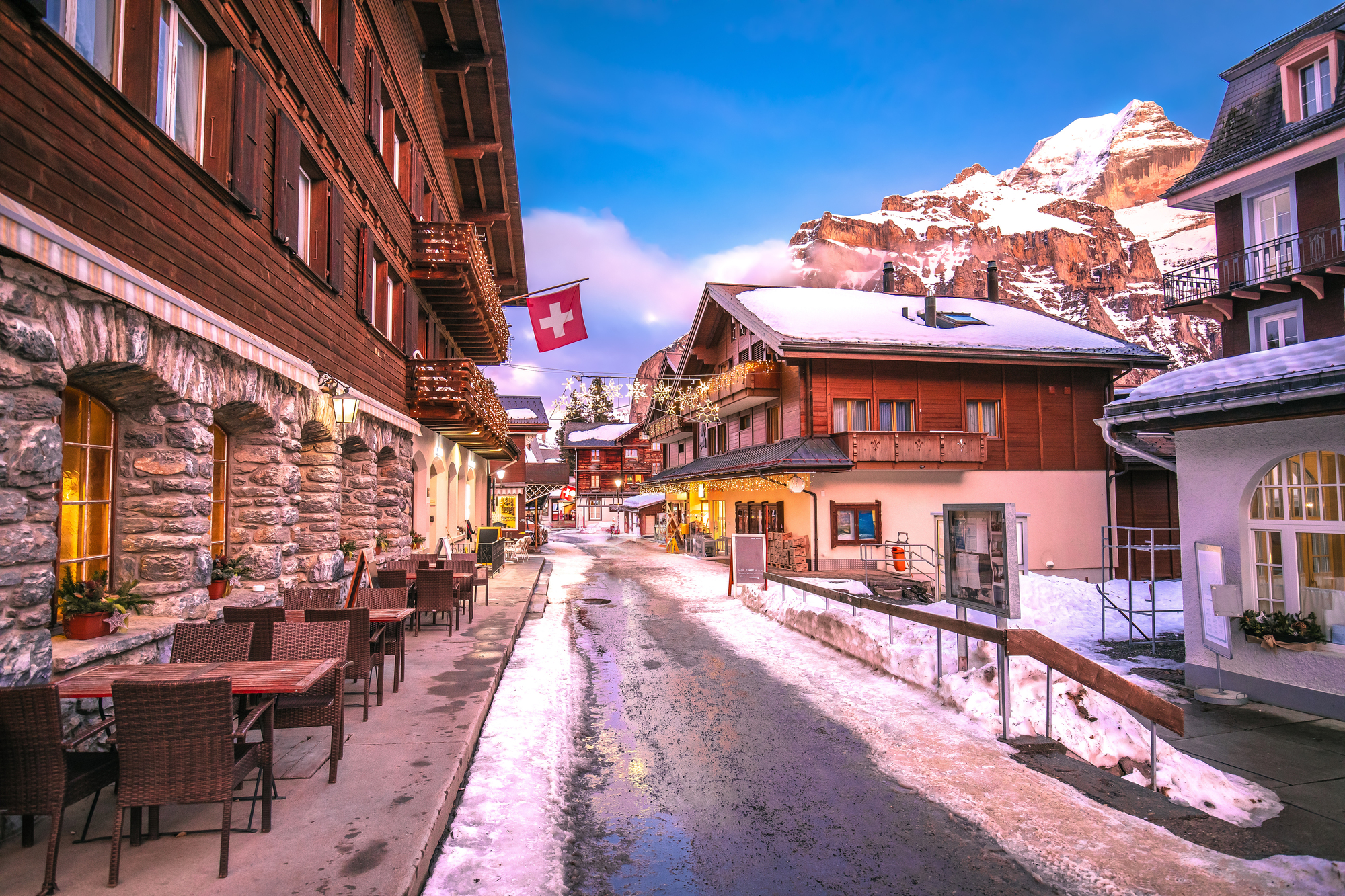
Switzerland’s capital proves that smaller cities can perfect traditional transport systems that make tech solutions feel unnecessary rather than innovative. Bern’s compact size makes walking the preferred mode of transport for most local journeys, while trains and buses connect to surrounding areas with Swiss precision, making ride-sharing feel unreliable.
The old city remains largely car-free, creating pedestrian spaces where traditional movement patterns work better than any tech-enabled alternative could improve upon.
Like Travel Pug’s content? Follow us on MSN.
Stockholm, Sweden
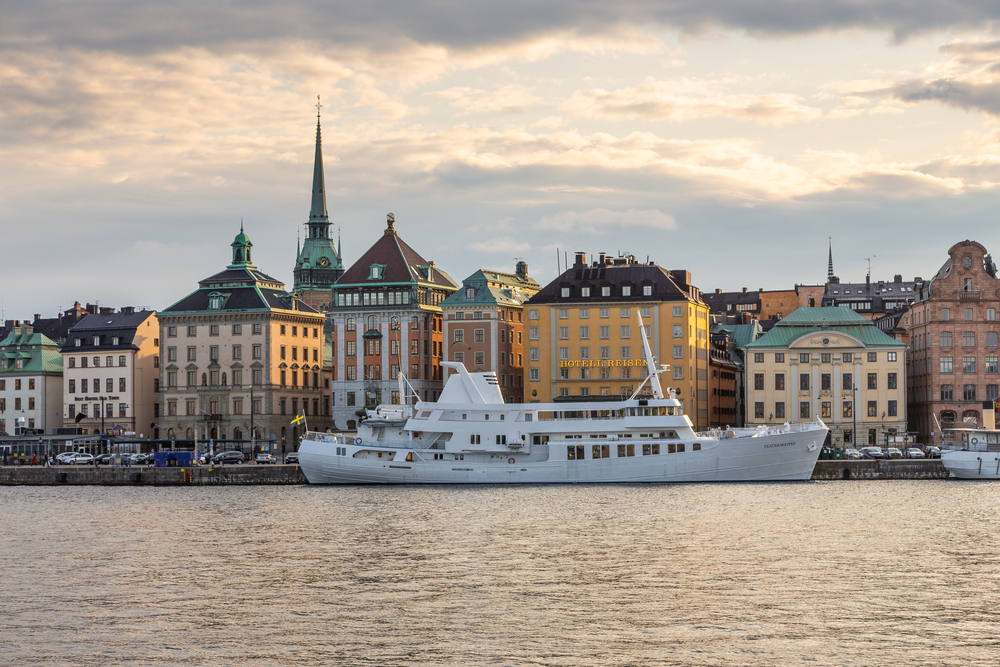
Stockholm’s public transport system integrates buses, trains, and ferries into a network that serves archipelago geography better than any ride-sharing algorithm could navigate. The city’s commitment to traditional transport includes dedicated bus lanes and train frequencies that make private alternatives feel slow and expensive.
Winter operations here continue reliably regardless of weather conditions that would disrupt tech-based transport, while the ferry connections to island communities provide essential services that no app-based company would find profitable to maintain.
Helsinki, Finland
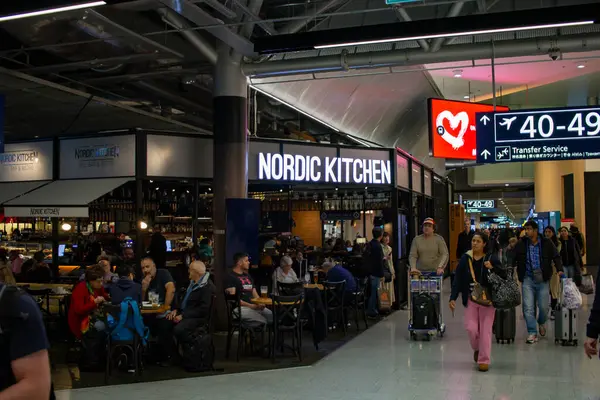
Helsinki’s trams and buses operate through Nordic winters with reliability that makes fair-weather tech solutions seem impractical for serious urban transport needs. The public transport network covers a metropolitan area where ride-sharing becomes prohibitively expensive for regular use, yet maintains frequencies and heated stops that create comfort levels superior to waiting for app-summoned vehicles.
Integration with ferry services to nearby islands shows how traditional transport adapts to local geography better than one-size-fits-all tech solutions.
Brussels, Belgium
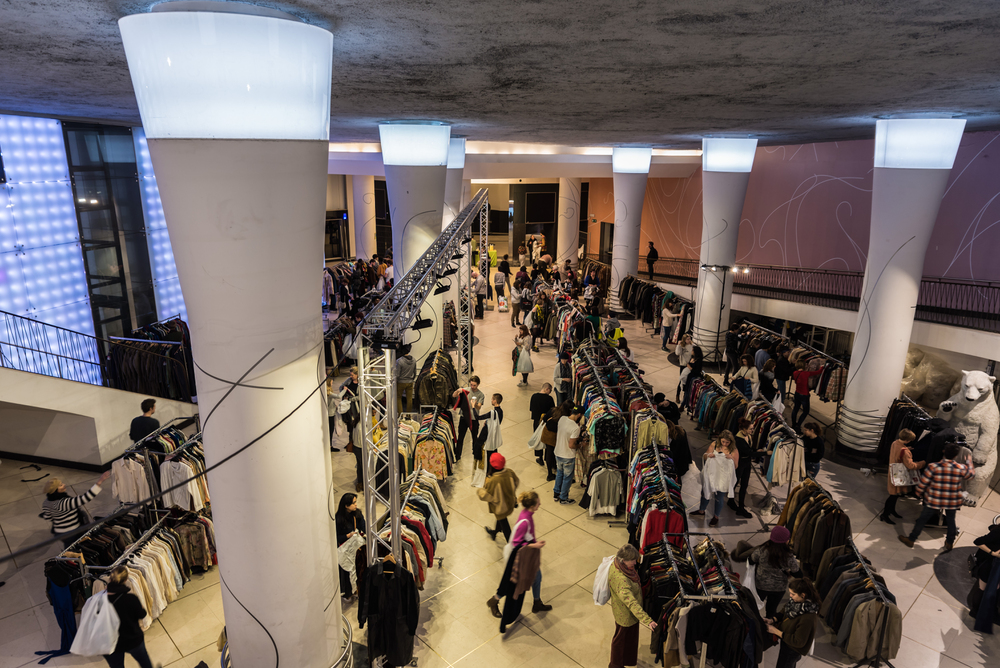
The metro, trams, and buses here connect European Union institutions with residential neighborhoods through a network that predates and outperforms most tech-based transport alternatives. Brussels’ compact size makes walking competitive with ride-sharing for many journeys, while public transport provides connections to surrounding areas at frequencies that make private alternatives feel unnecessary.
The multilingual environment shows how traditional transport systems adapt to diverse user needs without requiring personalized apps or dynamic interfaces.
Like Travel Pug’s content? Follow us on MSN.
Montreal, Canada

Montreal’s metro system operates through harsh winters with reliability that seasonal tech solutions can’t match, while the above-ground network includes dedicated bus lanes that keep traditional transport moving when private vehicles struggle. The Underground City connections allow winter travel without exposure to elements that would make ride-sharing uncomfortable, whereas the metro’s rubber-tire system provides quiet, efficient service that tech companies study but haven’t improved upon.
Integration between different transport modes happens through physical infrastructure that works regardless of technological connectivity or battery life.
When Simple Solutions Prove Superior

These cities remind us that good urban planning and infrastructure investment often solve transportation problems more effectively than technological disruption ever could. The traditional transport systems thriving in these places weren’t accidents—they resulted from decades of careful planning, public investment, and commitment to moving people efficiently rather than generating profit from urban mobility.
While tech companies promise revolutionary solutions, these cities demonstrate that revolution has already occurred when planners prioritized the public good over private convenience, creating transportation networks that serve entire populations rather than just those wealthy enough to afford premium app-based services. The success of traditional transport in these places offers lessons about urban design that no algorithm can replicate, showing that sometimes the best technology is infrastructure that works so well you forget it’s technology at all.
More from Travel Pug

- 20 Best Beach Towns in the Carolinas
- 13 Destinations Where Tourists Regularly Regret Their Trip
- 20 Things You Actually Get in First Class
- 20 Small Airports With Aviation Museums
- 20 Places in the U.S. That Are Perfect for a Reset Trip
Like Travel Pug’s content? Follow us on MSN.
